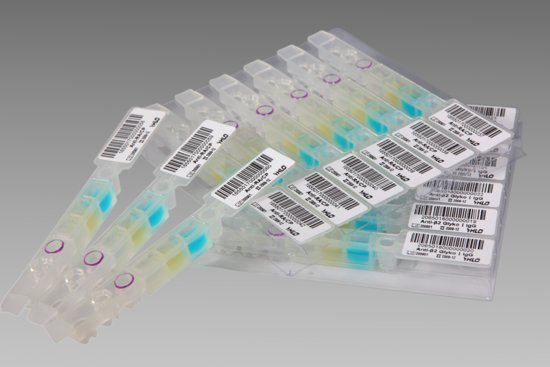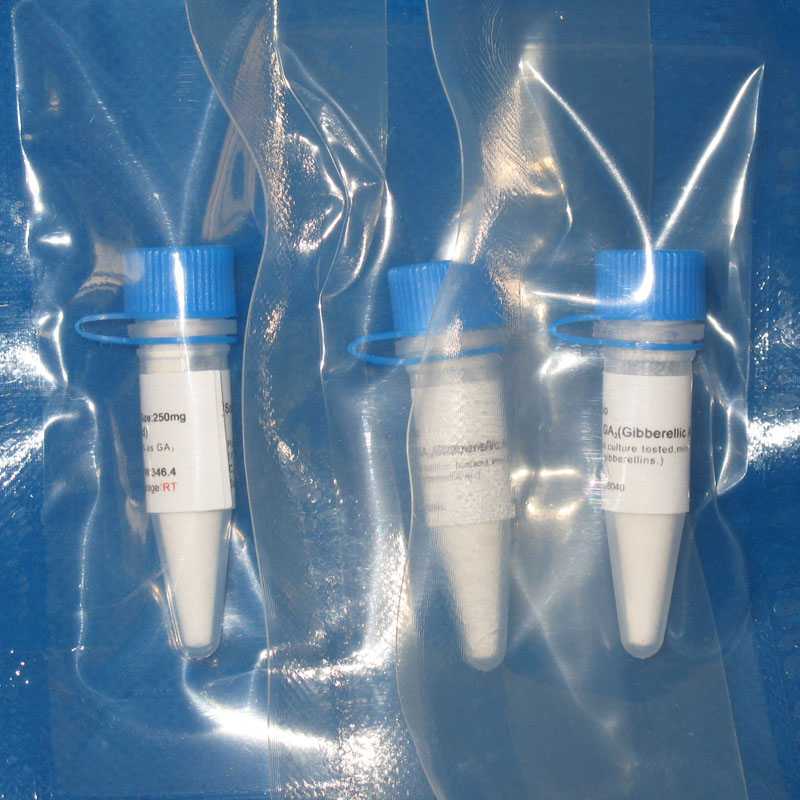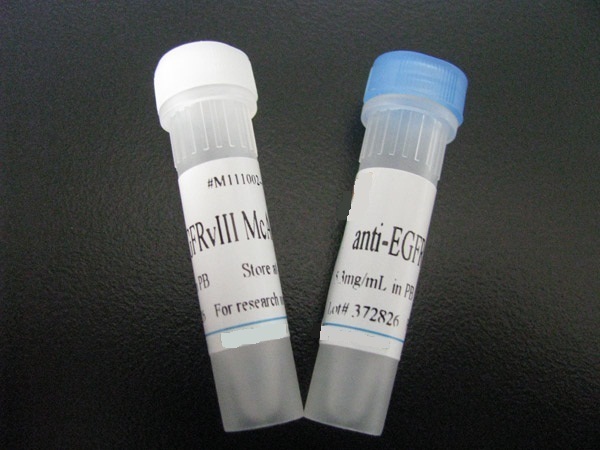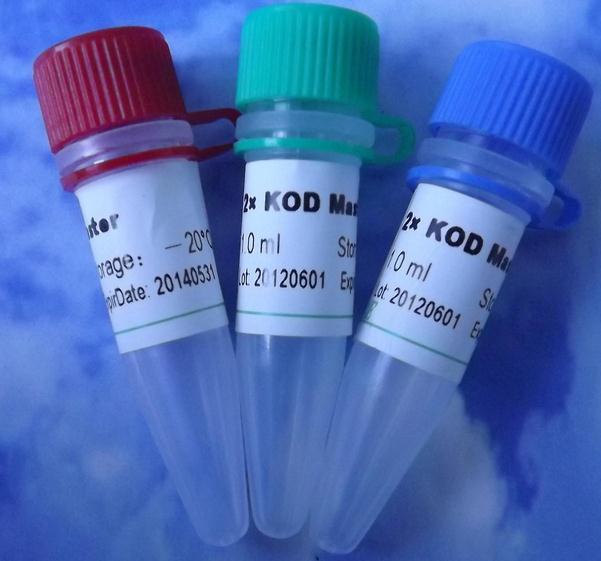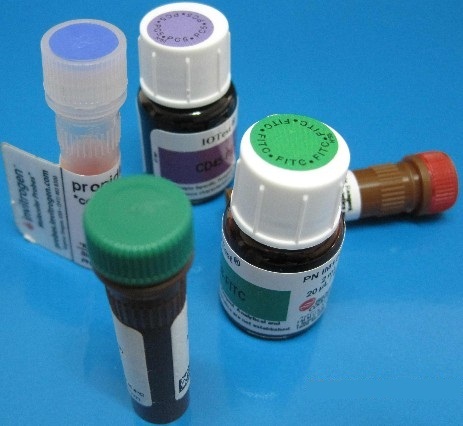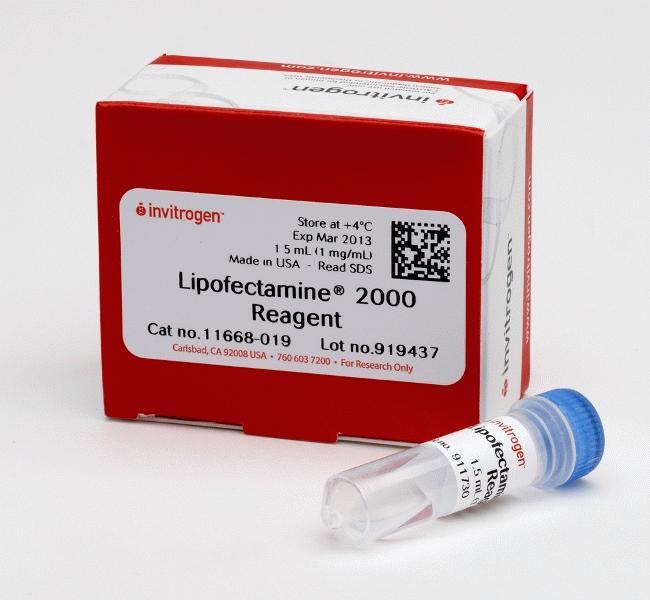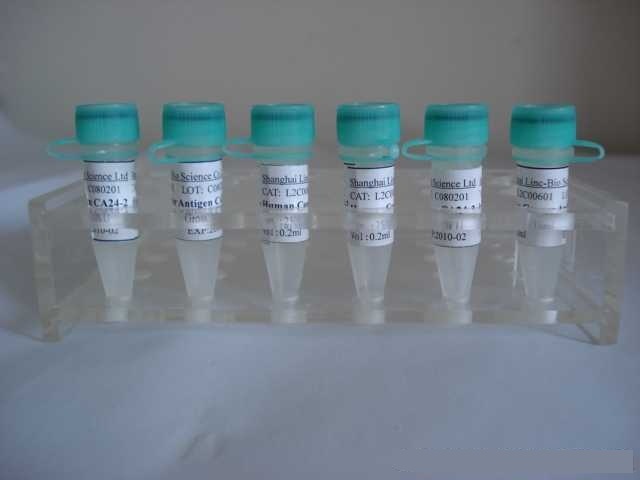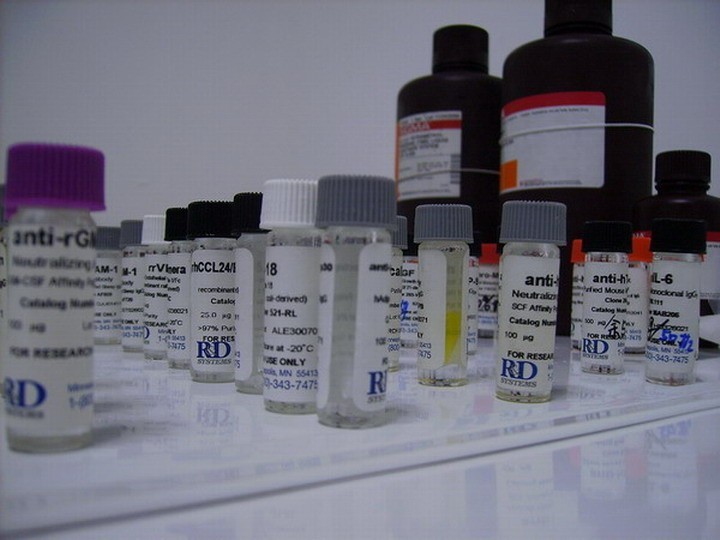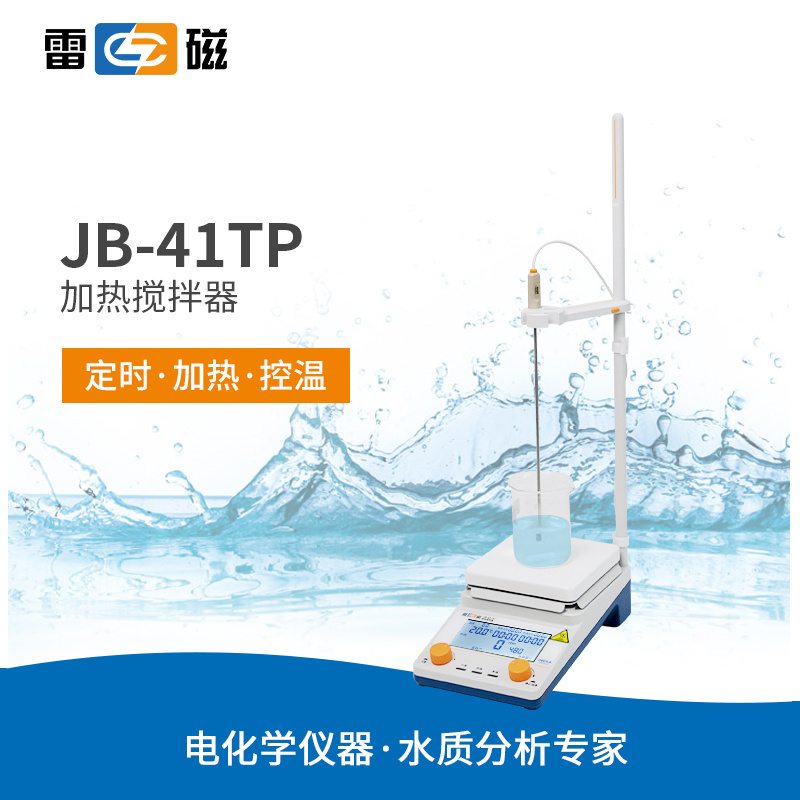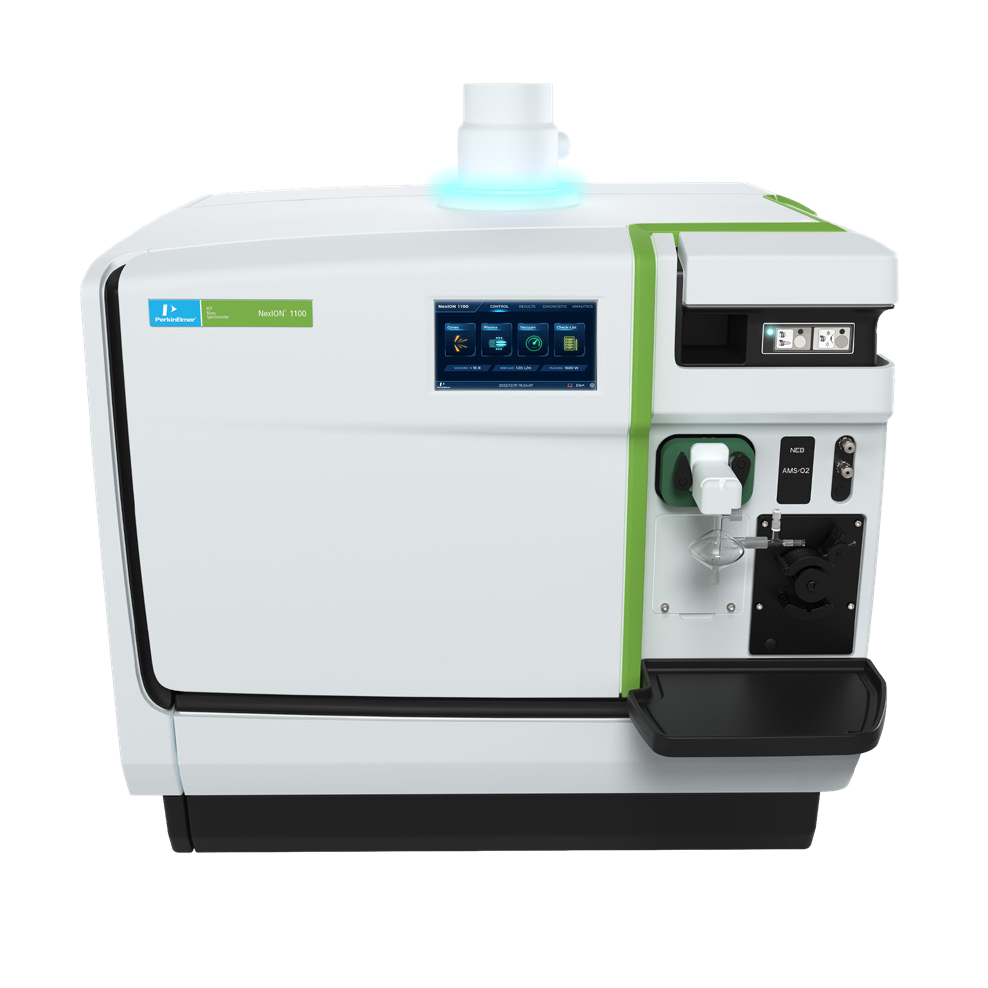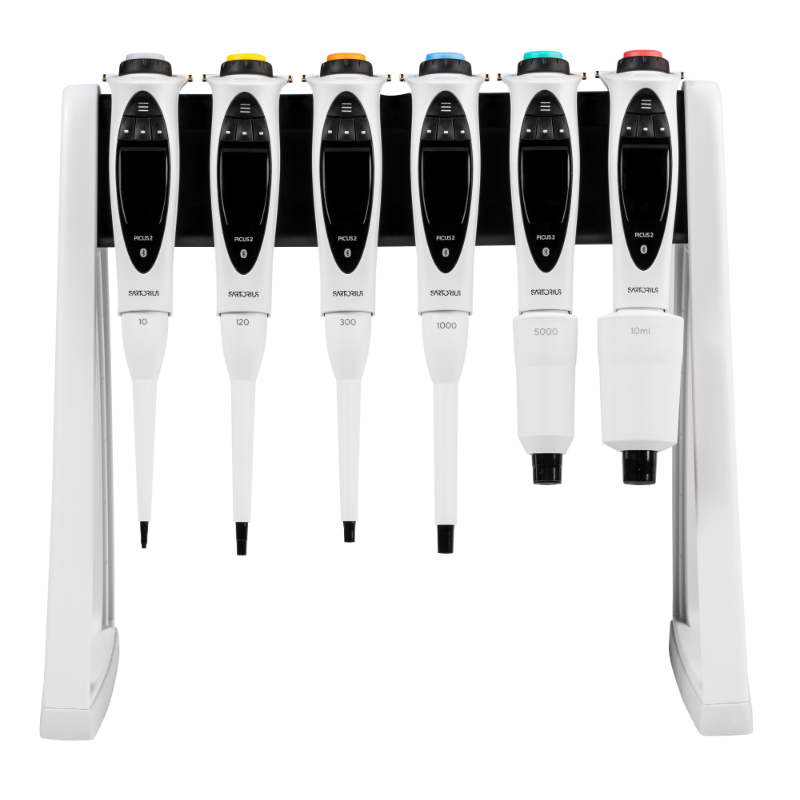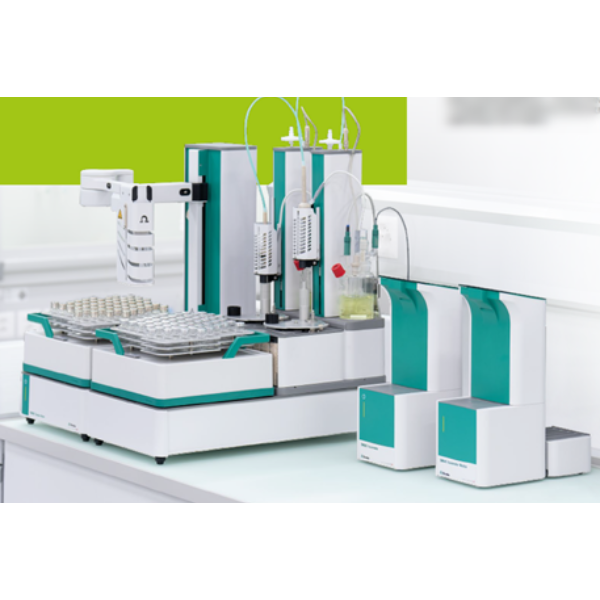4)经纯化制备的抗体在常用的缓冲液中是稳定的。其DH应保持在中性左右。如果pH在7-8之间,即使保存多年,对抗体也无损害。多数情况下,盐浓度适于保持在0-150mmol/L之间,但在长期存放的抗体中,盐溶液浓度高达500mmol/L时,对
抗体来源 Rabbit
克隆类型 polyclonal
交叉反应 Human, Mouse, Rat, Dog, Pig, Cow, Sheep
产品类型 一抗
研究领域 肿瘤 细胞生物 细菌及病毒 肿瘤细胞生物标志物
蛋白分子量 predicted molecular weight: 19kDa
性 状 Lyophilized or Liquid
免 疫 原 KLH conjugated synthetic peptide derived from human FAM89B/MMTV-R
亚 型 IgG
纯化方法 affinity purified by Protein A
储 存 液 Preservative: 15mM Sodium Azide, Constituents: 1% BSA, 0.01M PBS, pH 7.4
产品应用 WB=1:100-500 ELISA=1:500-1000 IP=1:20-100 IHC-P=1:100-500 IHC-F=1:100-500 IF=1:100-500
(石蜡切片需做抗原修复)
not yet tested in other applications.
optimal dilutions/concentrations should be determined by the end user.
保存条件 Store at -20 °C for one year. Avoid repeated freeze/thaw cycles. The lyophilized antibody is stable at room temperature for at least one month and for greater than a year when kept at -20°C. When reconstituted in sterile pH 7.4 0.01M PBS or diluent of antibody the antibody is stable for at least two weeks at 2-4 °C.
Important Note This product as supplied is intended for research use only, not for use in human, therapeutic or diagnostic applications.
乳腺肿瘤病毒受体同源蛋白抗体产品介绍 Mtvr1 is a 176 amino acid protein that exists as two alternatively spliced isoforms. Belonging to the FAM89 family, Mtvr1 is encoded by a gene that maps to human chromosome 11, which comprises approximately 4% of human genomic DNA and is considered a gene and disease association dense chromosome. The chromosome 11 encoded Atm gene is important for regulation of cell cycle arrest and apoptosis following double strand DNA breaks. Atm mutation leads to the disorder known as ataxia-telangiectasia. The blood disorders Sickle cell anemia and thalassemia are caused by HBB gene mutations, while Wilms' tumors, WAGR syndrome and Denys-Drash syndrome are associated with mutations of the WT1 gene. Jervell and Lange-Nielsen syndrome, Jacobsen syndrome, Niemann-Pick disease, hereditary angioedema and Smith-Lemli-Opitz syndrome are also associated with defects in chromosome 11-encoded genes.
Similarity : Belongs to the FAM89 family.
Database links : UniProtKB/Swiss-Prot: Q8N5H3.1
![]()



